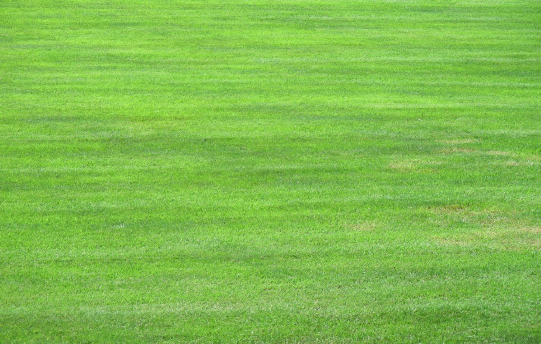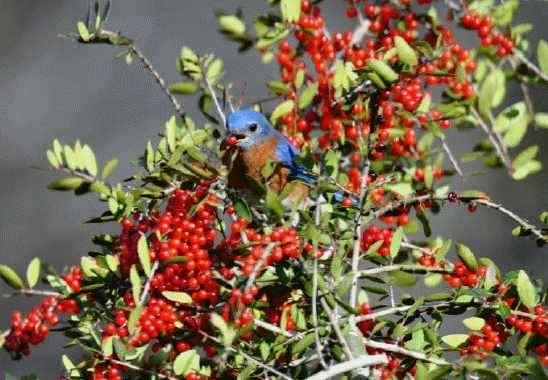
Each week we mow 45 million acres of lawns, (area larger than Florida) with 54 million lawnmowers scalping the grass within an inch of the ground. Two million more acres of lawns are added each year. Over the growing season, 800 million gallons of gasoline are used and 17 million gallons are spilled filling mowers. Lawns are our biggest irrigated crop but we cannot eat it or sell it. It costs billions of dollars, gallons of water, and days to maintain. We weed, edge, aerate, blow, rake, fertilize, and add pesticides that kill beneficial invertebrates, wildlife, fish, and pollute waterways and groundwater. Lawns treated with pesticides increase childhood Leukemia by 6.5 times. We use 25,000 gallons of water per lawn to keep it green, half of our household water consumption.

Manicured Lawn Photo by Jerry W. Davis
Europeans brought exotic grass seeds and the idea that manicured lawns were symbols of status and wealth. Status and power comes from the quality of person you are and not how well you maintain your lawn or what you own.
Our water supplies and wildlife habitats are declining. Politicians know the solution is to kill the lawns. Yet, they spend time trying to take water from adjoining cities and states ignoring an obvious solution. The water shortage continues. Drought tolerant native plants would cut water use by 75%. Native plants provide habitat for birds and other wildlife. Non-native plants do not support native insects for the wildlife or produce plant pollinators, but native plants do. Forty three percent of our birds are declining and 265 bird species are imperiled because we have eliminated 870 million acres of habitat and compromised others. By wildlifescaping and birdscaping lawns with drought tolerant native plant species, more habitats are available for wildlife and water will be conserved.
Start by killing your lawns in small sections and plant native species. Trees such as oak, black cherry, American holly and red mulberry are good choices to produce insects and fruit for wildlife. Native shrubs like huckleberry, sumac, American beautyberry, and yaupon, are a few of many that provide food and cover.

Eastern Bluebird eating Yaupon berries. Photo by Jerry W. Davis
There are many native flowers and vines to use but you are not likely to find them in chain store garden centers. These stores have major nurseries producing non-native plants and we import an additional 700 million exotic plants a year. Indian grass, big and little bluestem, and buffalograss, can be used to replace the non-native exotic grasses that cover our lawns and require excessive water and maintenance. Buffalograss is a prairie native that may be a replacement choice. It provides habitat for wildlife and is extremely drought tolerant. A new buffalograss lawn turf variety requires little to no water or mowing.
Kill your lawn and plant native trees, shrubs and grasses for wildlife, and for water conservation.
Jerry W. Davis
Certified Wildlife Biologist
501-262-5812